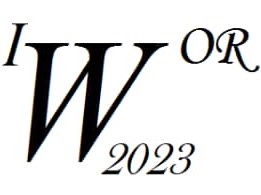Ponente
Descripción
In this work, we propose and evaluate an active-set modified Newton-Raphson (AMNR) algorithm for finding electrophysiological sources in both simulated and real data, and then apply it to different penalized models in order to compare the sources of the EEG theta rhythm in two groups of elderly subjects with different levels of declined physical performance, as well as preliminarily studying the correlation of such sources with the change in gait speed.
As a first result, using simulated data and well-known quality measures, we explored the capacity of the AMNR algorithm to perform efficient optimization over the active set of selected features, for estimating multiple penalized least-squares models, specifically those that lead to solutions that are simultaneously sparse and smooth. The AMNR allowed to implement known and novel flexible models such as the Smooth Non-negative Garrote and the Non-negative Smooth LASSO. This is relevant for applications where there is no ground truth in highly ill-posed inverse problems, e.g. estimating the sources of electroencephalographic data.
As a second result, we estimated the electrophysiological (EEG) sources of the resting-state brain theta activity in two groups of older adults, which belong to a longitudinal study to assess the relationship between measures of physical performance (gait speed) decline and normal cognition. In accordance to clinical studies, we found differences in EEG theta sources for the two groups, specifically, subjects with declined physical performance presented decreased temporal sources while increased prefrontal sources that seem to reflect compensating mechanisms to ensure a stable walking.

